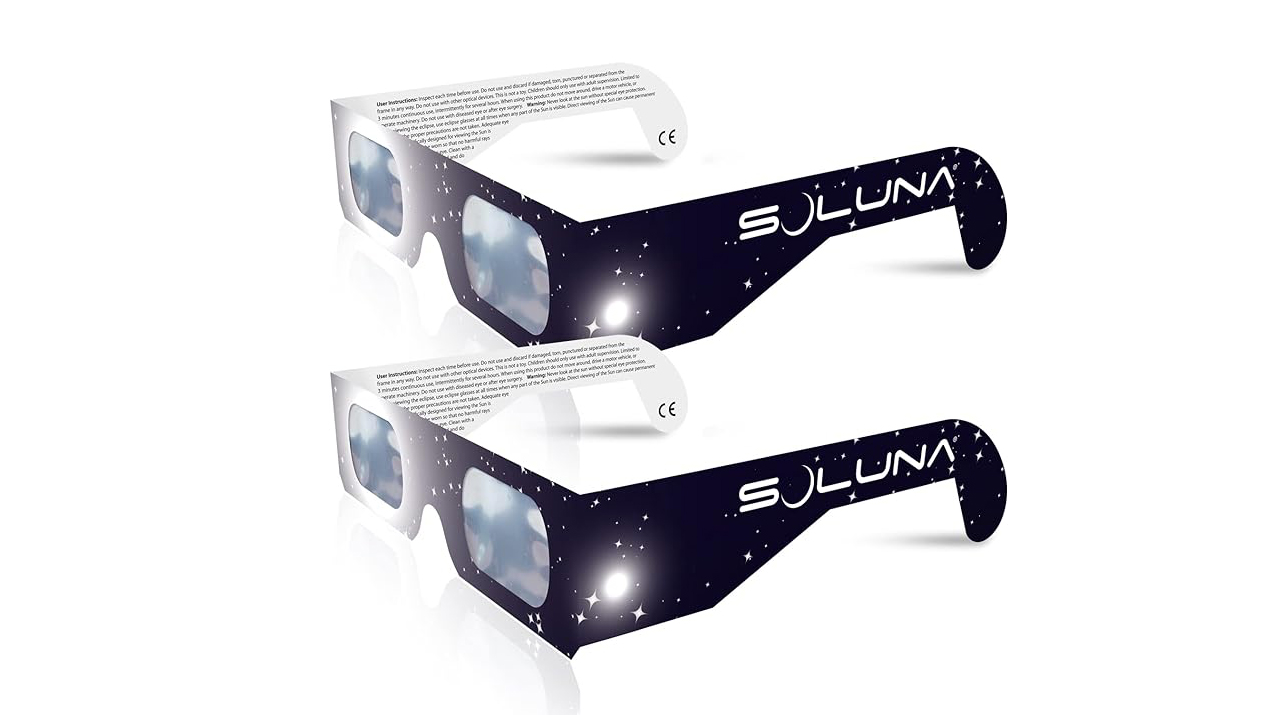
The 2024 Total Solar Eclipse will be visible from several locations in Canada, with roughly 31.6 million people residing within the eclipse’s path of totality.
The eclipse takes place on Monday, April 8th, and it will be the last total solar eclipse gracing North America until March 30th, 2033. It will offer roughly 4+ minutes of totality, with the sky becoming darker, offering a solid opportunity to capture solid shots of the Sun’s corona, which is more active now than it was during the 2017 eclipse.
It’s worth noting, however, that to view or photograph the eclipse, you’ll need proper equipment. Just like your eyes, pointing your camera directly at the sun can fry the internals. For gazing at the sun during the eclipse, NASA recommends using proper solar viewing glasses (also known as eclipse glasses), while a special solar filter can be attached to your camera’s lens to protect it from the glare during photography.
At totality, which is when the moon completely blocks the sun (4+ minutes this time), you can take off the camera filter and solar glasses and view/photograph the sun directly.
For glasses, make sure that they comply with the ISO 12312-2 international standard. You can find a few notable options with one-day Prime shipping below:
Helioclipse (6 Pack) Solar Eclipse Glasses 2024: $27.95
(6-Pack) Celestial Optical EclipseGuard: Premium Eclipse Viewing Glasses: $21.95
Soluna Solar Eclipse Glasses – (2 pack) CE and ISO Certified Safe Shades for Direct Sun Viewing: $19.99
Find more options here.
If you want to view the eclipse through your telescope, you’ll need to purchase solar filters based on the aperture of your scope. You can find filters for your telescope here.
Smart telescopes like the Dwarf II, on the other hand, ship with a solar filter, and are easy to operate. The Dwarf II weighs less than 0.9kg (2lbs), making it an easily portable device that you can take to the path of totality. The smart scope also offers a Sun tracking feature, that makes the process of capturing the eclipse easier, as the Sun will always remain in the centre of your frame, paired with manual settings to adjust exposure and shutter speed and auto focus.
With the smart scope, you’ll be able to take photos, videos, bursts and timelapse of the event, and use it for capturing other deep sky objects later at night.
You can learn more about the Dwarf II or purchase it here and here.
In Canada, the totality will be visible from certain cities in Ontario, Quebec, New Brunswick, Prince Edward Island, Nova Scotia, and Newfoundland and Labrador. You can check if you fall in the path of totality here.
Image credit: Amazon
MobileSyrup may earn a commission from purchases made via our links, which helps fund the journalism we provide free on our website. These links do not influence our editorial content. Support us here.


